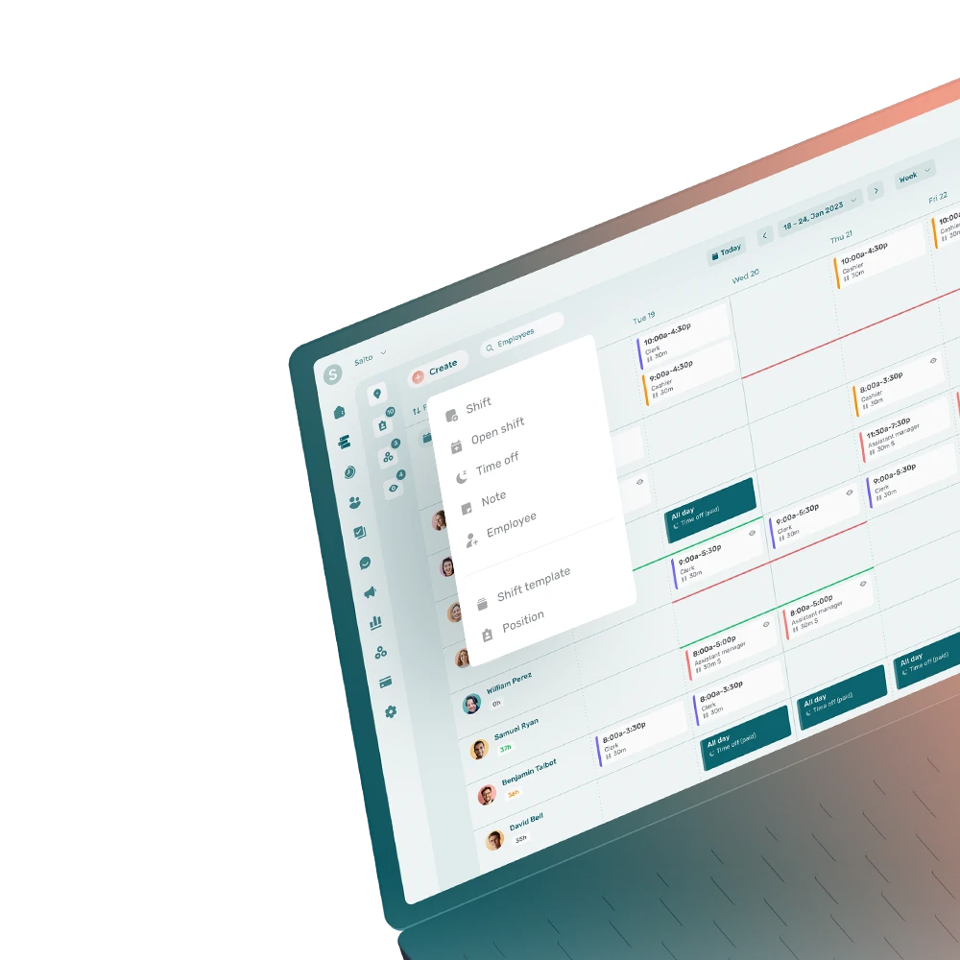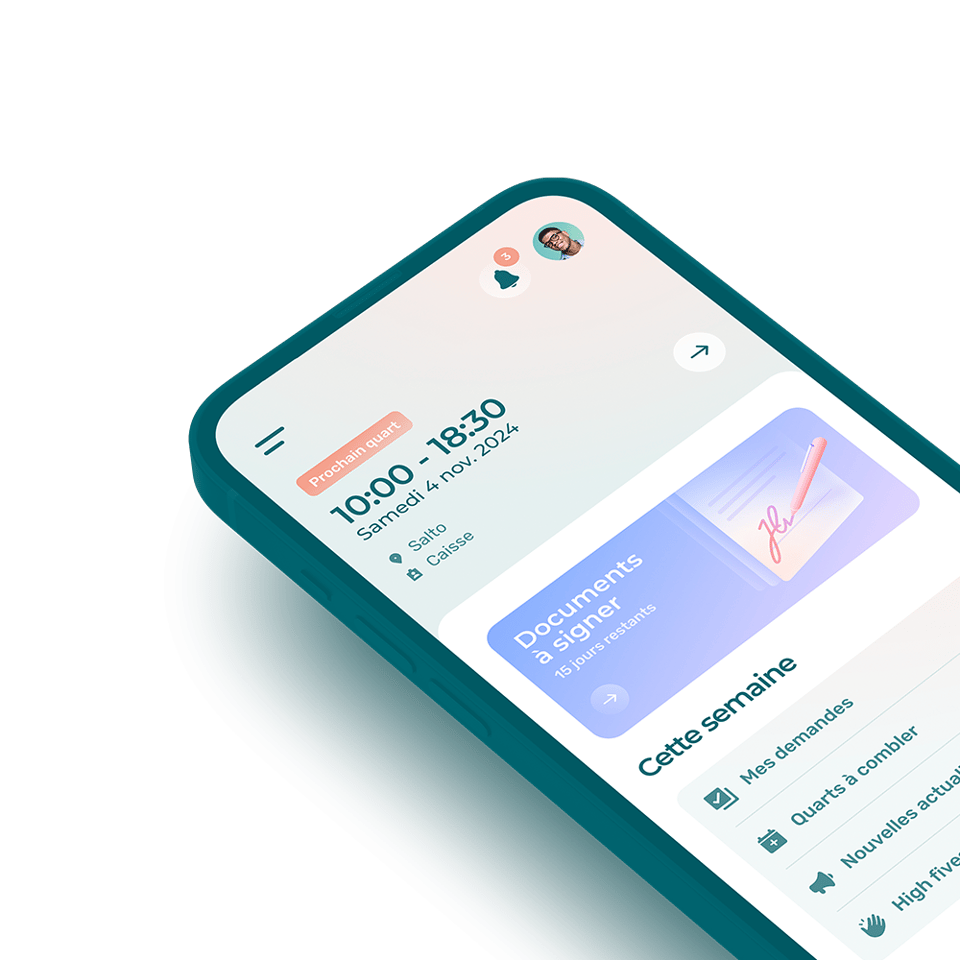Voluntary time off (VTO) is when a company gives the choice to their employees to take unpaid days off without repercussion on their employment status when less workload is available.
How Does Voluntary Time Off Work?
Voluntary time off is encouraged by companies when there is not enough work available to keep all the employees working. Volunteers can take unpaid days off and resume their normal activities when more work is available.
Voluntary time off is used by companies to avoid over staffing or reduce labor cost.
What Are the Different Types of VTO?
There are 2 types of VTO:
- Voluntary time off: employee taking unpaid time off without consequences on their employment status.
- Volunteer time off: paid leave granted to an employee to allow them to do community service or volunteer work.
What Are the Benefits of Voluntary Time Off?
The benefits of voluntary time off include:
- Reducing labor cost
- Solving workload issues
- Offering better work-life balance
- Avoiding unnecessary lay-offs
- Improving employee productivity
What Are the Drawbacks of Voluntary Time Off?
The drawbacks of voluntary time off include:
- Making employees think their employer value their labor cost more than their employees
- Increasing employee turnover
- Offering less stability to employees
What Should Be Included in a VTO Policy?
A VTO policy should typically include:
- Eligibility criterion
- Approval process
- VTO tracking system
- Quantity of VTO allowed
What Is the Difference Between Voluntary Time Off and Volunteer Time Off?
Voluntary time off is when an employee volunteers to take an unpaid leave while maintaining their employment status.
Volunteer time off is when an employee takes time off to do voluntary work or service in their community.
What Is the Difference Between VTO and PTO?
Voluntary time off (VTO) is not paid by the employer whereas paid time off (PTO) is paid.
Employers are also obligated to offer PTO in some countries.







